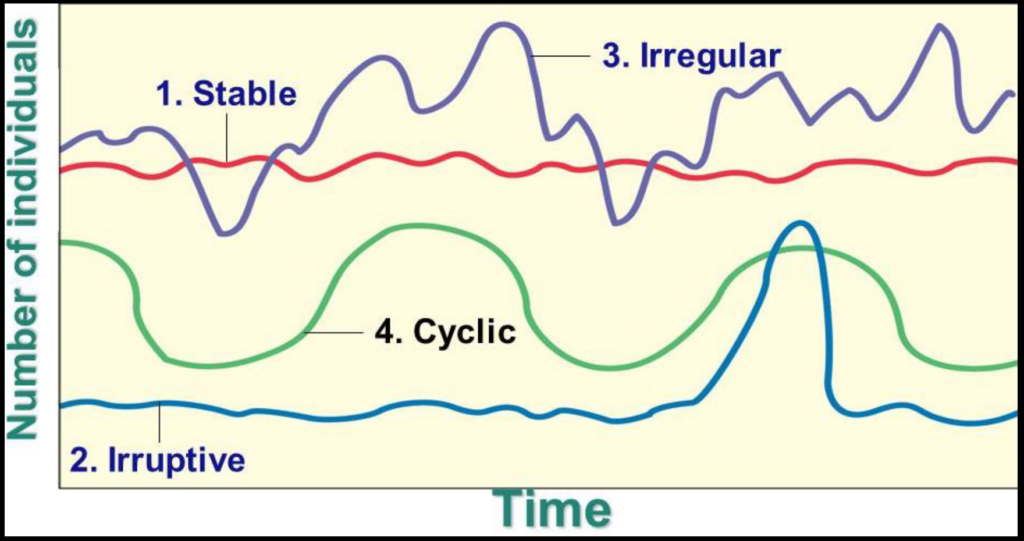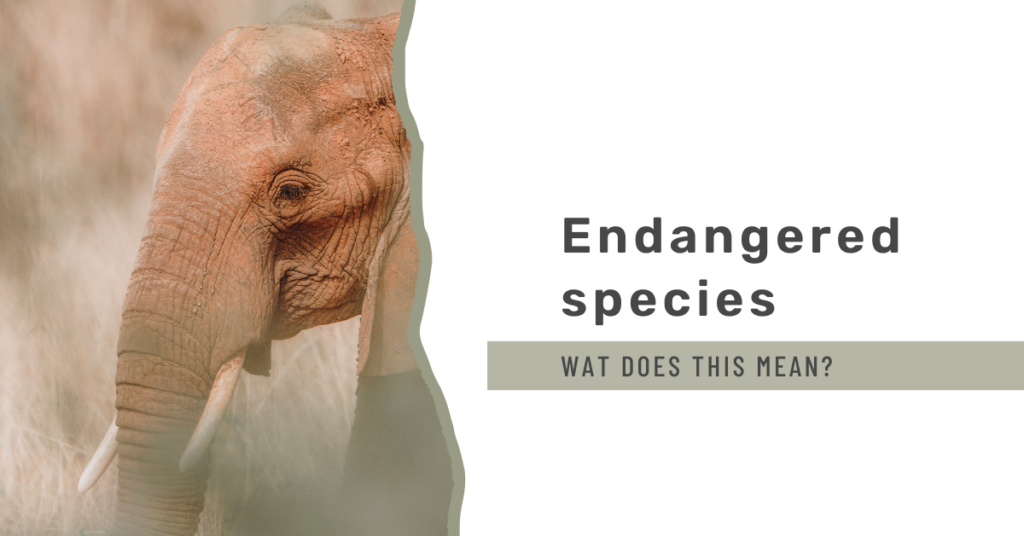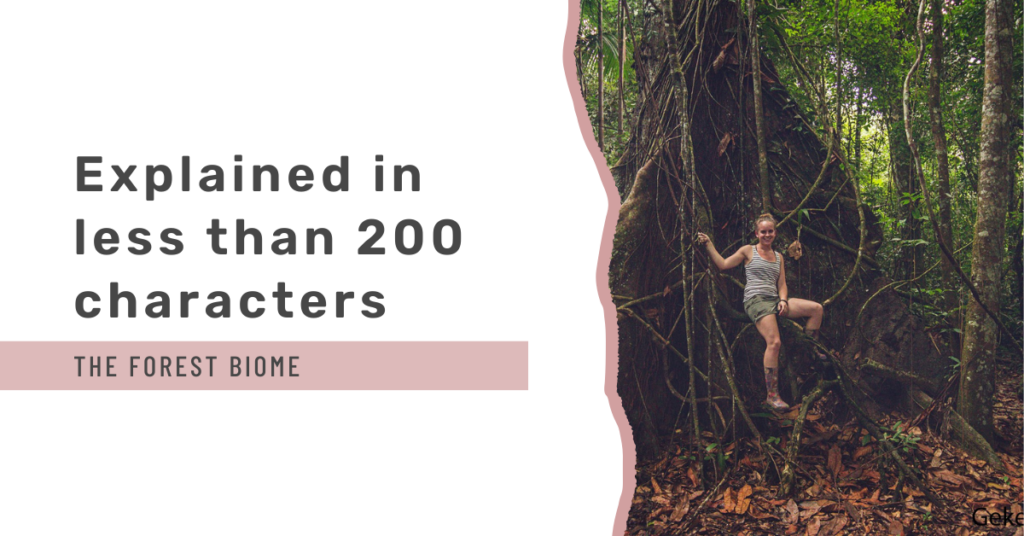Let’s delve into the fascinating realm of population demographics, with a focus on the fundamental factor of population size and the intricate strategies employed by various species. To begin, we’ll establish some essential definitions. A population refers to the aggregate of organisms of the same species residing in a specific geographical area concurrently, capable of breeding and producing viable offspring.
In the realm of population ecology, understanding the dynamics of population demographics is essential for unravelling the intricate web of life on our planet. Four fundamental parameters come into play when assessing these changes: birth, death, immigration, and emigration. These factors collectively influence the ebb and flow of populations, dictating whether they expand, remain stable, or decline.
Population ecology and population size
Birth and death rates are at the core of this equation. Births add individuals to a population, while deaths subtract them. These rates are influenced by various factors, including environmental conditions, availability of resources, and predation pressure. When births exceed deaths, we observe population growth; when deaths outweigh births, populations decline.
However, nature’s complexities don’t stop here. In the ecological context, the terms immigration and emigration hold distinctive meanings. Emigration signifies the departure of individuals from their current habitat, driven by the intention to establish themselves in a new location. This departure from the population contributes to a decrease in the original habitat’s numbers. Conversely, immigration refers to the arrival of individuals into a different habitat, bringing an increase in the population there.
Now, let’s tie it all together. To determine the net change in population demographics, we employ a straightforward formula: (births – deaths) + (immigration – emigration). The outcome of this calculation can be either negative, indicating a population decrease, neutral, indicating stability, or positive, signalling a population increase.
This understanding of population demographics serves as the foundation for exploring ecological interactions, resource management, and conservation efforts. It’s a crucial piece in deciphering the intricate tapestry of life that exists in our diverse ecosystems.
Birth and death
While the concept of population demographics may seem straightforward, the reality is a bit more nuanced. Birth and death rates are subject to the interplay of realized and potential outcomes. Consider the birth of new individuals within a population. Each species possesses a potential fertility rate, representing the maximum number of offspring an organism can produce. However, this theoretical maximum is seldom achieved. Factors such as premature death, resource limitations, or the inability to find a mate often lead to a lower realized fertility rate. This means that individuals typically produce fewer offspring than their maximum potential, potentially resulting in a reduced population size.
The same principle applies to death rates, where potential longevity comes into play. Humans, for example, have the potential to live beyond 100 years, but few reach this age. Realized longevity tends to be considerably lower, with many considering 80 or 85 as an “old age.” As a result, the number of deaths within a population is often higher than one would expect based on potential longevity, further impacting population size.




Immigration and emigration
Immigration and emigration, which encompass the movement of organisms between different areas, are influenced by various factors, both natural and driven by human activity. This phenomenon is referred to as dispersal in ecological terms. In many animal species, particularly mammals, it’s typically the male individuals that undertake the journey to a new territory. However, there are exceptions, such as species in which females are the primary movers.
Dispersal dynamics are also intricately tied to the species’ range and its core distribution area. Generally, if a species already occupies a large range, there is less pressure or incentive to disperse to new regions. Additionally, the population size of a species plays a role in determining the extent of dispersal. However, the effect of population size on dispersal can vary significantly among different species, as each possesses unique dispersal traits.
Finally, human activity has had a profound impact on immigration and emigration patterns. Large-scale deforestation and habitat destruction have created barriers for animals, preventing them from moving between areas as they once did. This disruption in natural dispersal can have far-reaching consequences for ecosystems and biodiversity.
Demographic strategies
The survival strategies of various species are diverse, and these can be analyzed using “life tables.” These tables provide valuable insights into the survival patterns of different organisms by examining key parameters such as the observed number of individuals alive, the proportion that survives, the number of deaths, and the mortality rate. Let’s delve into the survival strategies of three distinct groups: birds, humans, and trees, each of which employs unique approaches.
Birds typically exhibit a short life span and a relatively high mortality rate. A significant proportion of birds do not reach their potential longevity, with many succumbing in the first year of life. Interestingly, within each year, a relatively consistent proportion of birds that were alive will pass away.
In contrast, humans experience relatively low mortality rates throughout most of their lives, until they approach around 80 years of age. Beyond this point, there is a sharp increase in mortality, reflecting the challenges associated with ageing. Trees, on the other hand, demonstrate an inverse pattern. Mortality is notably high during the early stages of their life, but as they mature and reach a certain age, the mortality rate gradually decreases. This phenomenon underscores the resilience and adaptability of trees over extended periods.
Population growth
Population growth is a dynamic process influenced by the interplay of birth, death, immigration, and emigration. When births and immigration outpace deaths and emigration, population growth becomes evident. Under typical conditions, mortality tends to balance out any surplus individuals. However, when environmental conditions are favourable, these surplus individuals can thrive, resulting in observable population growth.
Population growth is not a one-size-fits-all concept, and it can manifest in various ways, classified into four primary types:
- Stable Population Growth: In this scenario, the population remains relatively consistent over time, with minimal fluctuations.
- Irruptive Population Growth: This type is characterized by a sudden and brief surge in population size, followed by a rapid return to normal levels.
- Irregular Population Growth: Irregular growth entails frequent fluctuations in population size, with periods of both increase and decrease occurring unpredictably.
- Cyclic Population Growth: Cyclic growth follows a repetitive pattern of population increase and decrease. This pattern may be linked to specific ecological factors, such as seasonal variations in resources. A classic example is the population dynamics of lemmings, which experience high reproduction during the summer but face significant winter mortality.
Understanding the nature of population growth is essential for comprehending the dynamics of ecosystems and the challenges and opportunities they present for various species.

Want to support my work?
I spend a lot of time keeping this website filled with educational content and keeping updates about what I do to achieve my dream of working and living in Africa. Do you want to support me? You can buy me a coffee or purchase one of my digital prints. All proceeds will go towards my elephant research and the time spent on this website.







